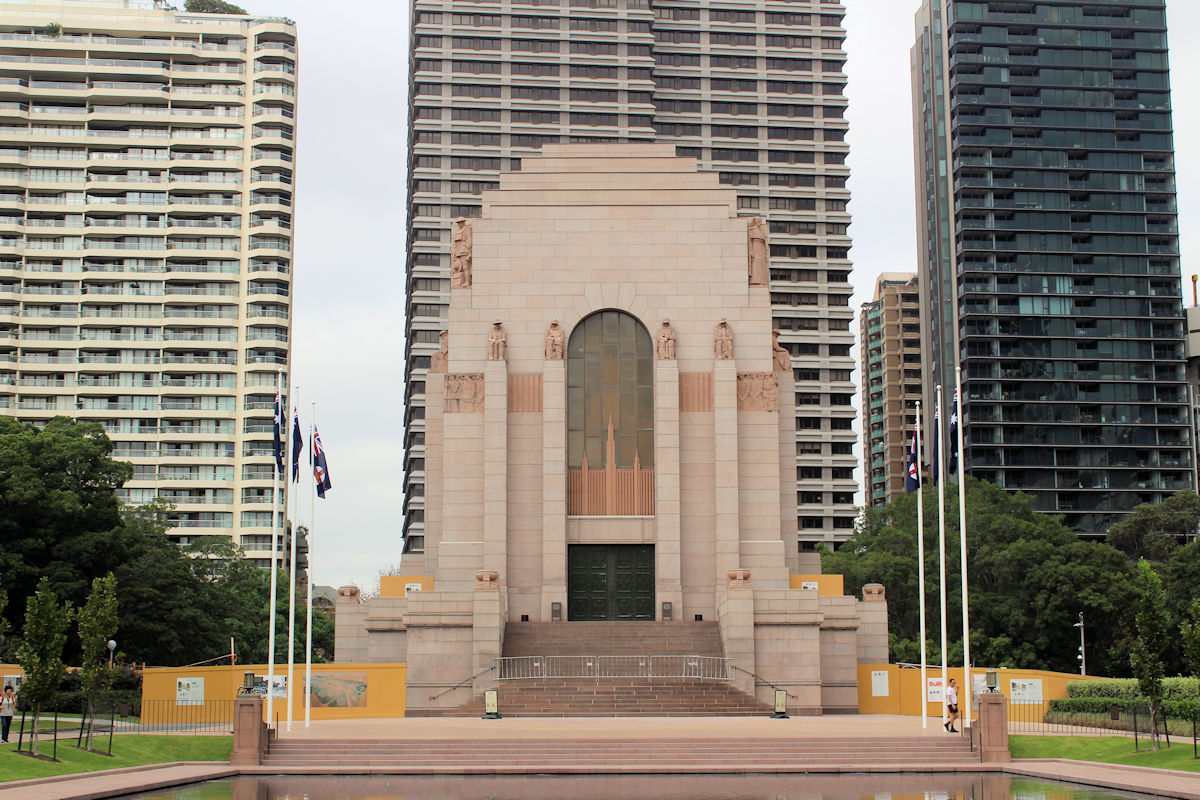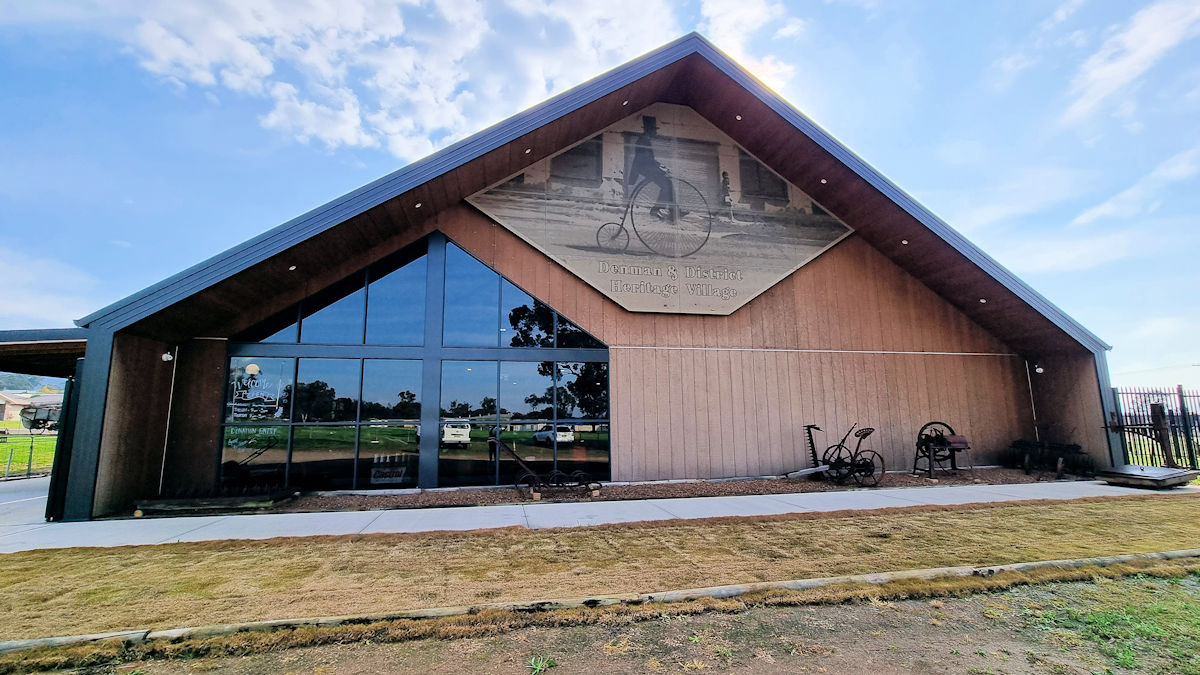Category: Building
Building
-
ANZAC Memorial Sydney

ANZAC Memorial Hyde Park Sydney The ANZAC Memorial was built to commemorate the Australian Imperial Force of World War I. It is the focal point of the southern section of Hyde Park, along with the Pool of Reflection. On ANZAC Day and Remembrance Day, the memorial is the central focus of the ceremonies, so it can be… Read more
-
Denman and District Heritage Village

Denman and District Heritage Village Located in Denman a small town in the New South Wales Hunter Valley, the Denman and District Heritage Village has an extensive and unique exhibition made up of objects and artefacts. Donated primarily by local Jeff Wolfgang, the exhibits are housed in a beautiful, new building that opened in November 2023.… Read more
-
Sydney Heritage Fleet
Sydney Heritage Fleet Founded in 1965 as the “The Lady Hopetoun and Port Jackson Marine Steam Museum”, the Sydney Heritage Fleet operates 10 large and 55 small heritage vessels. Its 450 active volunteer workers conserve Australia’s maritime past, while preserving traditional technical methods and skills. Three (as of August 2024) vessels are currently being restored,… Read more